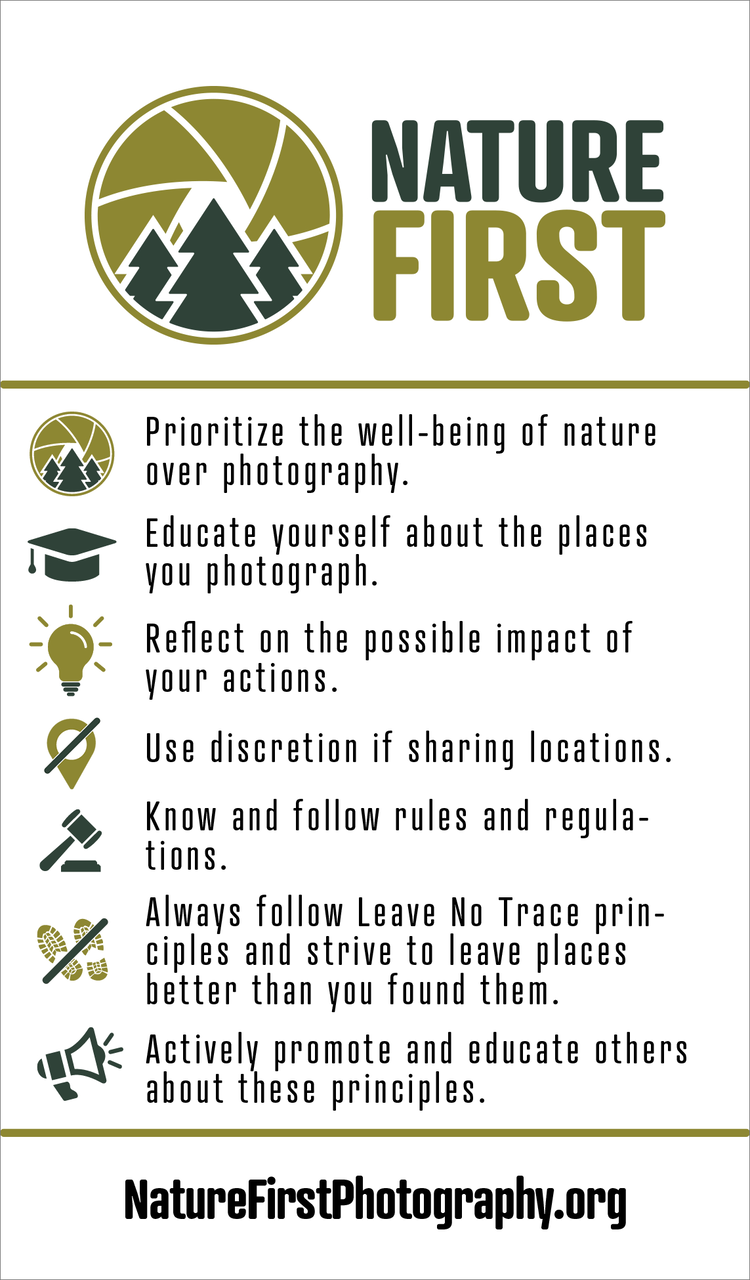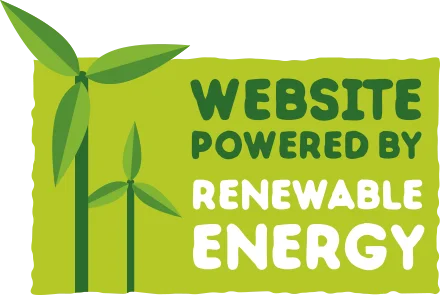Creative Photo Adventures Environmental Policy
We spend a lot of time outside and in the natural environment. We care passionately about the environment and actively do our best to preserve our natural spaces, and encourage our friends and customers to do the same.
In the operation of our business we will:
1. Comply with relevant environmental legislation and other requirements
2. As a travel and photography business, we often have to use transport to get to locations. At all times we will choose transport methods that are the most environmentally friendly. We will arrange trip locations that can be run back to back to minimise the air travel.
3. Regularly assess the environmental impact of our operations: We will always chose environmentally friendly goods and services. Such as:
- Using a 100% green energy supplier
- Using a green web hosting provider – Certified by The Green Web Foundation
- Using public transport where possible, or choosing greener alternatives where possible
- Using green cleaning products
- Conserving resources such as minimising water and energy consumption where possible
- Ensuring we recycle and upcycle waste and other goods
- Running a paperless office. Wherever possible we using digital communications and systems for all our work flows
4. Expect similar environmental standards from all suppliers and contractors
5. Encourage customers to use products and services in an environmentally sensitive way
Responsible Travel & Tourism
1. Animal Welfare – We don’t organise wildlife tours, however our landscape tours often encounter wildlife whilst out and about. We place a very high importance on protecting wildlife and ensuring they are not disturbed, harmed or impacted by the group’s presence. Where we arrange tours to locations where captive animals are displayed for public pleasure such as elephant rides, or captive whales and dolphins, we will ensure our participants understand the issues surrounding this form of exploitation. We will not run tours to locations with a reckless attitude to animal welfare, such as the Faroe Islands where every year they slaughter thousands of Whales and Dolphins for no reason other than cultural tradition – see more here: https://www.stopthegrind.org/
The same goes for Japan whose Whale hunting is subsidised by the Japanese governement, and were rated one of the worst ratings for animal welfare by the World Animal Protection Index.
2. Using local guides and transport – We always try to give back to the locals by using local guides and transport run by locals. We avoid large transport operators where possible.
3. We recommend not to give to child sellers. In some countries you will often see young children selling small items or begging for money. It can be tempting to buy a little tourist trinket from them or give them a little money, but in reality, the parents may keep them away from school so they keep selling and bringing in money instead of having an education.
4. Respect for local traditions – Understanding local traditions and cultures can play a big part of being a responsible tourist. To learn, understand and accept how we are different makes a big difference and can play a big part in our photography.
5. Never purchase items made from endangered species and don’t take natural souvenirs from the environment.
6. Be a socially conscious traveller.
Other inititives
1. In my own home and lifestyle, I now live in a 90% off grid home – I do have a gas backup option for heating which is rarely used thus not 100% off grid.. I use wind and solar power to provide my home and office power. I have chosen electrical equipment such as laptops and screens for their low power consumption.
2. When chosing hire transport, I will check the emissions of different vehicles and chose the least poluting option. It may cost a little more but it’s the right thing to do.
3. I off-set the carbon emissions on flights and partner with Just One Tree to off-set emissions and support tree planting and education programs.
4. In India our travel partner also donates to £15 from each place booked to the Rescue Foundation NGO. Set up in 1993 by Triveni Archarya and her late husband, the foundation has 4 shelter homes across India where they rescue up to 500 survivors of human trafficking and forced child labour a year. The majority of survivors are girls under the age of 18, with many having been sold through the human trafficking network in India by their own families amid relentless poverty.



